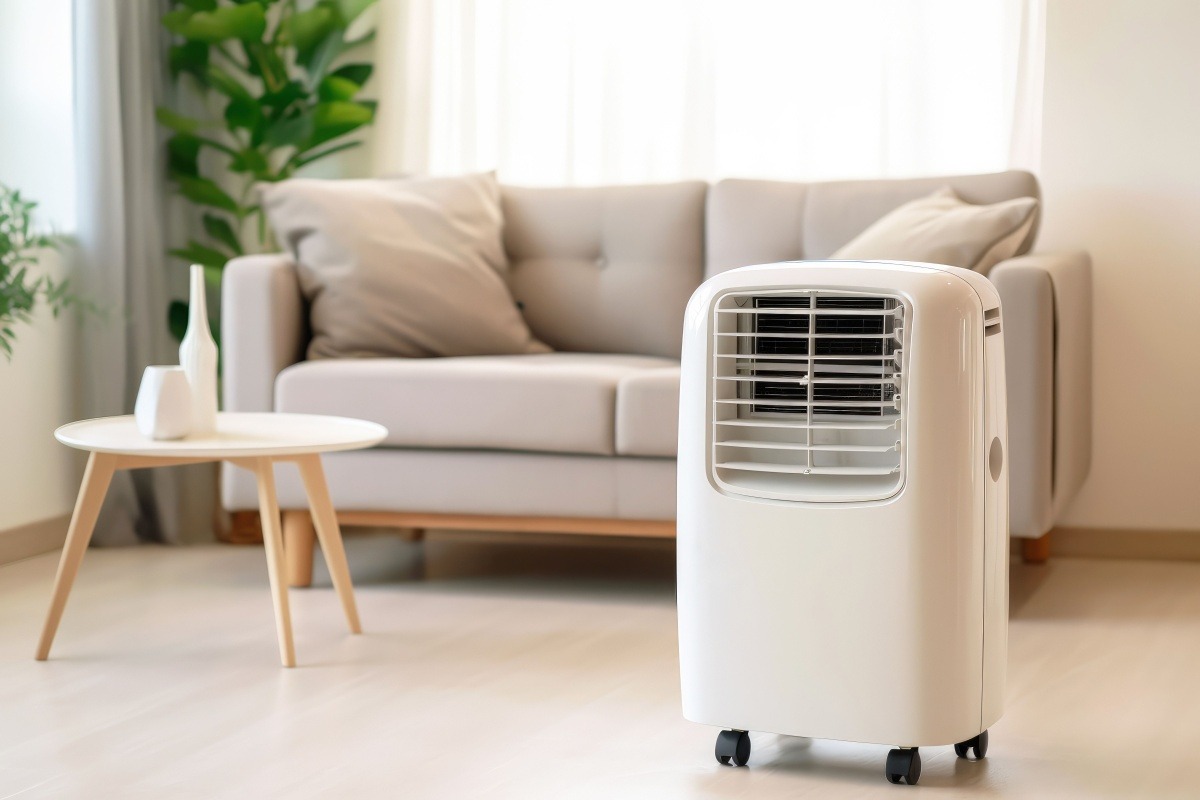In the sweltering heat of summer, finding effective ways to cool your living space becomes essential. While traditional air conditioning units offer a solution, they can be expensive, cumbersome, and not suitable for all living situations. This is where portable air conditioning units come in as a convenient and efficient alternative. These compact, mobile devices provide a versatile cooling solution for various settings, making them an increasingly popular choice for homeowners and renters alike.
ACE Services offers flexible, portable air conditioning hire in Aylesbury and nearby areas, perfect for extra winter heating or summer cooling. Ideal for homes, offices, construction sites, and vacations, our units are available without time limits. We serve London, The Home Counties, Oxford, Milton Keynes, and Watford.
Benefits of Portable Air Conditioners
One of the main advantages of portable air conditioners is their mobility. Unlike fixed units, portable air conditioners can be easily moved from one room to another, providing targeted cooling where it’s needed most. This makes them ideal for individuals who live in apartments or rental homes where installing a permanent air conditioning system may not be feasible. Additionally, portable air conditioners typically require minimal installation, often involving just a simple window venting kit, which means you can start cooling your space quickly and with little hassle.
Another significant benefit is cost-effectiveness. Portable air conditioners are generally less expensive to purchase and operate compared to central air conditioning systems. They allow for cooling specific areas rather than the entire house, which can result in lower energy bills. Many models also come with energy-saving features, such as programmable timers and sleep modes, further enhancing their efficiency.
Key Features to Consider
When shopping for a portable air conditioner, there are several key features to consider to ensure you choose the best unit for your needs. The cooling capacity, measured in British Thermal Units (BTUs), is a critical factor. A higher BTU rating means the unit can cool a larger area, so it’s important to match the BTU rating to the size of the room you intend to cool. For example, a small bedroom may only require a unit with 8,000 BTUs, while a larger living room might need one with 14,000 BTUs or more.
Another important feature is the unit’s energy efficiency. Look for models with an Energy Efficiency Ratio (EER) of 10 or higher, as these units are more efficient and cost-effective to run. Additionally, consider the noise level of the unit, especially if you plan to use it in a bedroom or other quiet space. Many modern portable air conditioners are designed to operate quietly, but it’s still a good idea to check the decibel rating before making a purchase.
Installation and Maintenance
Installing a portable air conditioner is typically straightforward and can be done without professional help. Most units come with a window venting kit that allows you to easily exhaust hot air outside. Simply attach the vent hose to the unit, position the window kit, and you’re ready to start cooling. It’s important to ensure a proper seal around the window kit to maximize efficiency and prevent warm air from entering the room.
Maintenance of portable air conditioners is also relatively simple. Regularly cleaning or replacing the air filter is essential to maintain good air quality and efficient operation. The unit’s condensate tank, which collects moisture from the air, should be emptied periodically to prevent overflow. Some models come with a self-evaporating feature that reduces the need for manual draining. Additionally, it’s a good idea to clean the exterior and Vents periodically to keep the unit in top working condition.
Environmental Impact
With growing awareness of environmental issues, many consumers are looking for ways to reduce their carbon footprint. Portable air conditioners, while not as eco-friendly as some other cooling options, can still be part of a greener lifestyle when used responsibly. Opting for an energy-efficient model and using it judiciously can help minimize its environmental impact. For instance, using the unit only when necessary and keeping doors and windows closed while it’s running can enhance its efficiency and reduce energy consumption.
Additionally, some portable air conditioners use more environmentally friendly refrigerants, such as R-410A, which have less impact on the ozone layer compared to older refrigerants like R-22. When selecting a unit, checking for these eco-friendly features can be a good step towards making a more sustainable choice.
Conclusion
Portable air conditioning units offer a flexible, cost-effective, and efficient solution for cooling individual rooms or areas. Their ease of installation, mobility, and lower operating costs make them an attractive option for many households. By considering key features such as cooling capacity, energy efficiency, and noise levels, and by following simple maintenance practices, you can ensure that your portable air conditioner provides optimal performance. As with any appliance, using it responsibly and with an awareness of its environmental impact can help you enjoy a cooler home while also contributing to a greener planet.






